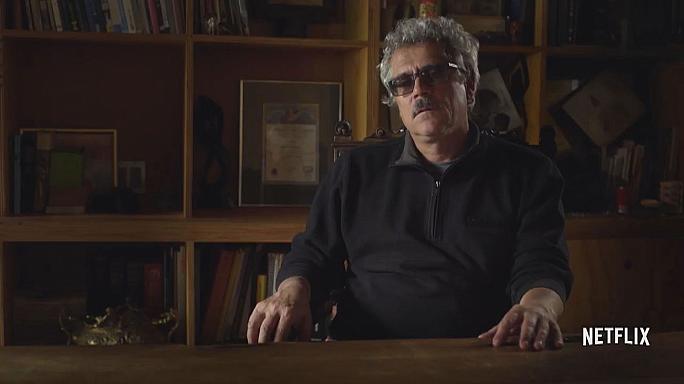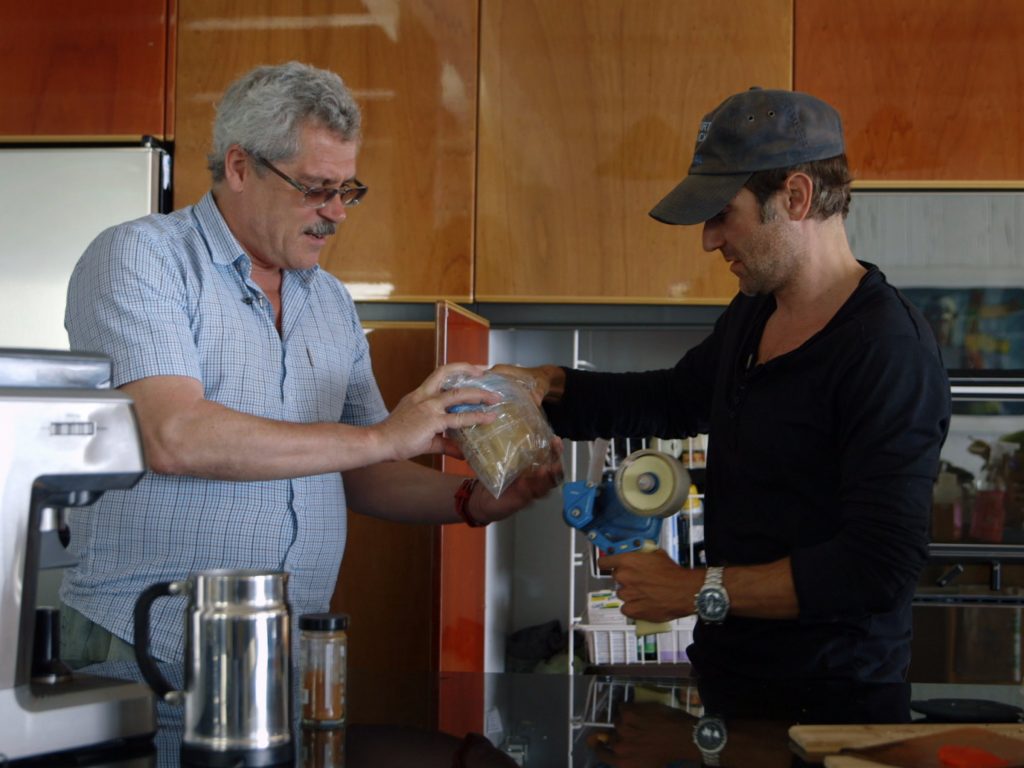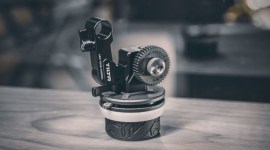
Interview: Director of Photography Jake Swantko of Netflix’s Icarus
Not every documentary turns out the way you intend. Find out how this filmmaker pivoted to tell a remarkable story.
All images via Netflix.
We had the opportunity to sit down with the DP Jake Swantko of Netflix’s latest documentary, Icarus. This riveting documentary begins by attempting to reveal the truth about steroid use in sports. However, after consulting with a Russian scientist, the story takes a drastic turn from a Supersize Me-like experiment into a story of espionage while shining a light on one of the biggest scandals in sports history.
PremiumBeat: Will you tell us a little bit about your background and how it led to your work on Icarus?
Jake Swantko: Yes, well I come from a journalism background. I graduated from the University of Oregon with a degree in communications and then that program went on to basically become cinematography towards the end of my tenure in school. I started shooting documentaries right towards my senior year and then picked up a gig with National Geographic. It’s been a long road. I started off in Oregon and then lived in L.A. for about a year, then I moved to New York, and then briefly after I moved to New York I did some work during the Ukraine Revolution. After that I got a call from Bryan, probably two or three months after I did that work, and he basically told me about this idea for a project that he wanted to start shooting in a month in Boulder, Colorado. So he connected me to a producer who I worked with for quiet a while. I then basically met this guy in Colorado. It started off with this guy with all his belongings in an SUV.
For me the camera’s always been able to speak the way I see. To be able to find so much of your voice with the camera, it’s been just a revelation throughout my career. It’s been great to become more of a cinematographer and learn and be able to capture the things as you want to imagine them. I think that’s always been the ethos of my work is to try and capture what I see. It was perfect for Brian and I to meet like that. He needed a journalist, or he needed somebody kind of with that background, and so yeah — I kind of just took off from there.
PB: Will you tell us a little bit about the camera package you used on the film?
JS: Yes, we used a Canon Vixia for sort of that Supersize Me candidness that you see a lot of in the film. We shot with a Canon C300 and a 24-70, 16-35, and a 70-200. The camera was just the perfect package for us. I shoot with that camera on a Glidecam HD2000 on the back of the motorcycle. The camera ended up being able to balance on the Glidecam. Also, the dynamic range and also the versatility to shoot both action sports but also be able to go incognito enough to go into these Moscow labs and shoot with Gregory. It was the camera to use. Then when the dual pixel autofocus came out, it made it much better to control.
PB: The plot of the film almost completely changes; it does a complete 180. As a cinematographer did you have to adjust your shooting style and approach with that change in story or direction?
JS: It’s funny, so I come from a journalism background. I had to switch my brain to shoot action sports, and then once it became this political sort of thing, I realized this is more conversation-based and less action. It was definitely at the beginning trying to figure out how to shoot action sports first and take chances with it. Once it became like this is, it was more like nothing strange.
PB: As filmmakers was the plot change a gradual process and you happened to find yourself in this new story, or was it immediate and you had to make that quick decision to switch?
JS: Well, it was gradual. It’s just weird how it all came about. The second trip of the races, we ended it in Geneva, and then we would leave from Geneva to Moscow to go talk with Gregory. There was kind of a gradual transition in the middle of it. Then when you go from over the course of three years, I guess anything is gradual. I mean when you start to look at it full circle, we started off with a Canon Vixia camera shooting this guy getting out of his car with all his belongings in Colorado. Then you’re filming a Russian chemist getting fingerprinted to enter into witness protection.
PB: Did you have that feeling that you struck gold with where the story went?
JS: Gregory certainly at one point said “Ryan you’re a very lucky man.” With Gregory, he’s always saying very explicit and controversial things, but he’s just Gregory, you know. So it seemed like fun and games, and then, yeah — all of a sudden it was this thing, and we were releasing documents to the New York Times, and the story was on the front page. Then it’s like Wow!
PB: So I absolutely loved the lighting in your interviews. Can you tell me a little bit about your lighting approach for those?
JS: I love to use pretty simple things to assist natural light as much as possible. I think the C300 is a great camera; its color rendition in daylight is so perfect. Basically what I would do is rig together an 85-watt fluorescent bulb in a china ball and push through silk. Then other than that, we had KinoFlos when we had bigger setups.
PB: Will you tell us a little more about your GlideCam setup?
JS: When I was approaching shooting and style, I was like I need to take more risk. I was up against the footage from the Tour de France where they have ENG cameras on motorcycles built out. I was going to have none of these and go like 100 miles an hour downhill. Plus, I had to shoot like 14- to 16-hour days. So I was like I’m trying using the C300 on the GlideCam, and it balanced.
PB: What’s the main thing you want people to take away from your work on this film?
JS: When you are a cinematographer like me, if you are coming from a journalism background, you kind of feel sort of the same things that I feel. Gregory is by far the most intelligent, charismatic, interesting character I’ve ever met. I really hope that people see him for that. There’s a lot of stigma around what he did and the measures he took to beat the system. I would just say (and to echo the film a little bit) he’s risking his life to do something extremely unpopular that no one wants to hear about. The goal of this film is to give him a voice and give whistleblowers like him a voice. There’s no incentive to do what he’s doing, no incentive whatsoever.









